Russian Plen:
The Mikoyan Project 1.44/1.42[N 1] (Russian: ?????? ???-1.44; NATO reporting name: Flatpack)[2] is a multirole fighter technology demonstrator developed by the Mikoyan design bureau. It was designed for the Soviet Union's MFI (Mnogofunksionalni Frontovoy Istrebitel, "Multifunctional Frontline Fighter") project for the I-90 ("1990s fighter") program, the answer to the U.S.'s Advanced Tactical Fighter (ATF). The MFI was to incorporate many fifth-generation jet fighter features such as supermaneuverability, supercruise, and advanced avionics, as well as some degree of radar signature reduction.
The design's development was a protracted one, characterised by repeated and lengthy postponements due to a chronic lack of funds after the collapse of the Soviet Union; the MiG 1.44 made its maiden flight in February 2000, nine years behind schedule, and was cancelled later that year. The MFI project was replaced by the more modern and affordable PAK FA program, which resulted in the Sukhoi Su-57.
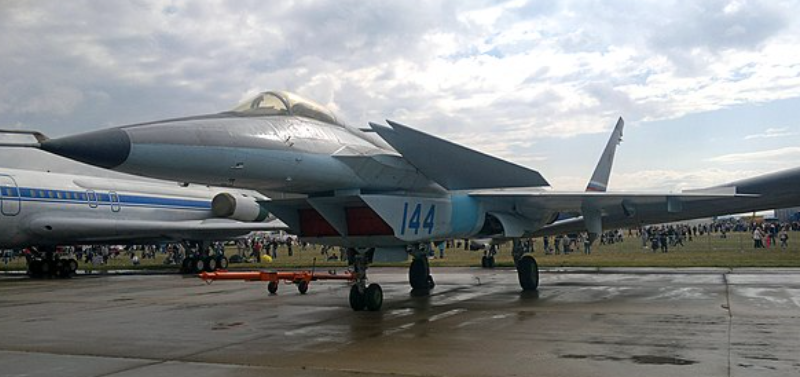
Design :
The MiG MFI was a delta wing, twin-tailed, fifth-generation air superiority/strike fighter design that incorporated advanced technology to theoretically give the aircraft excellent stealth and fighting attributes. It featured a close-coupled canard layout which, when working with the thrust vectoring engine nozzles, gave the aircraft remarkable maneuverability. The aircraft had a tricycle landing gear system, with a single, dual-wheel landing gear in the front, and two single wheels in the rear. The MFI had relaxed stability and was controlled by a fly-by-wire flight control system.[24] Mikoyan made use of weight-saving materials in the construction of the aircraft, with aluminum-lithium alloys making up 35% of the empty weight, steel and titanium alloys (30%), composites (30%) and others (5%).[25]
The MiG MFI was unconventional in its layout, in an effort to improve in-flight efficiency and stealth characteristics. Efforts were made to minimize surface-area, possibly to reduce drag. The wings were of delta planform, with leading-edge sweep at 52°. At the tips were dielectric fairings which housed electronic countermeasures/electronic support measures. The wings had full-span leading-edge flaps. The canards, meanwhile, had a leading-edge sweep of 58°, and had prominent dogtooth which improved airflow over the wings at high alpha (angles of attack).[26] Russian aviation experts claim that the unorthodox design, use of radar-absorbent materials (RAM), and internally mounted weapons, gave a radar cross-section (RCS) of less than 0.3 m2 (3.2 sq ft), comparable to that of the F-22 Raptor. The RCS falls to 0.001 m2 (0.011 sq ft) with the use of a plasma shield.[27]
Two Lyul'ka Saturn AL-41F afterburning turbofans produced 177 kN (40,000 lbf) of thrust, giving the MFI a top speed of Mach 2.35. The engines are variable cycle, which increased supersonic dry thrust and allowed the jet to supercruise at Mach 1.5. The axisymmetrical engines could be vectored in both pitch and yaw planes. The nozzle's inner petals were lined with ceramic tiles to reduce infrared signature. The engines, through serpentine ducts covered in RAM, were fed by a double intake ramp with a splitter plate underneath the front fuselage.[28][6][29] Weapons and fuel drop tanks could be carried under the wings as well.[6]
The fighter is equipped with a glass cockpit and features a Pulse-Doppler radar. The N014 radar, with a range of 420 km (260 mi) and target detection from 250 km (160 mi) to one metre (3.3 ft), was able to track up to 40 targets and shoot against 20. The radar system has a passive electronically scanned array antenna and is linked to a fire-control system. The 1.42/1.44 fighter is believed to have evolved into the Mikoyan LMFS fifth-generation light fighter project.[citation needed]
Some Russian military analysts believe that the Chinese fifth generation Chengdu J-20 drew heavy inspiration from or was fundamentally based on the MiG 1.44, citing similarities in its canards, tail section, and "duck like" aerodynamic design.
Specifications
General Characteristics
- Created On Android
- Wingspan 66.8ft (20.4m)
- Length 88.2ft (26.9m)
- Height 20.9ft (6.4m)
- Empty Weight 33,597lbs (15,239kg)
- Loaded Weight 54,591lbs (24,762kg)
Performance
- Power/Weight Ratio 1.481
- Wing Loading 23.3lbs/ft2 (113.9kg/m2)
- Wing Area 2,339.1ft2 (217.3m2)
- Drag Points 10718
Parts
- Number of Parts 93
- Control Surfaces 8
- Performance Cost 434

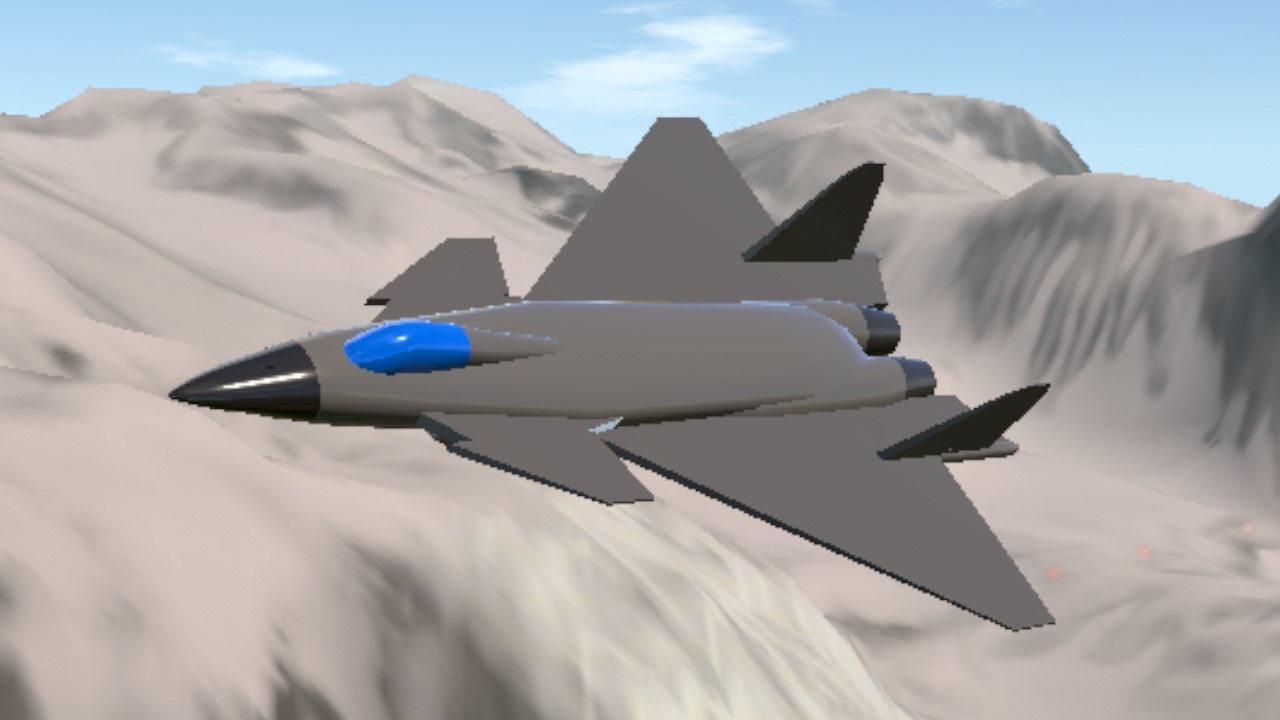
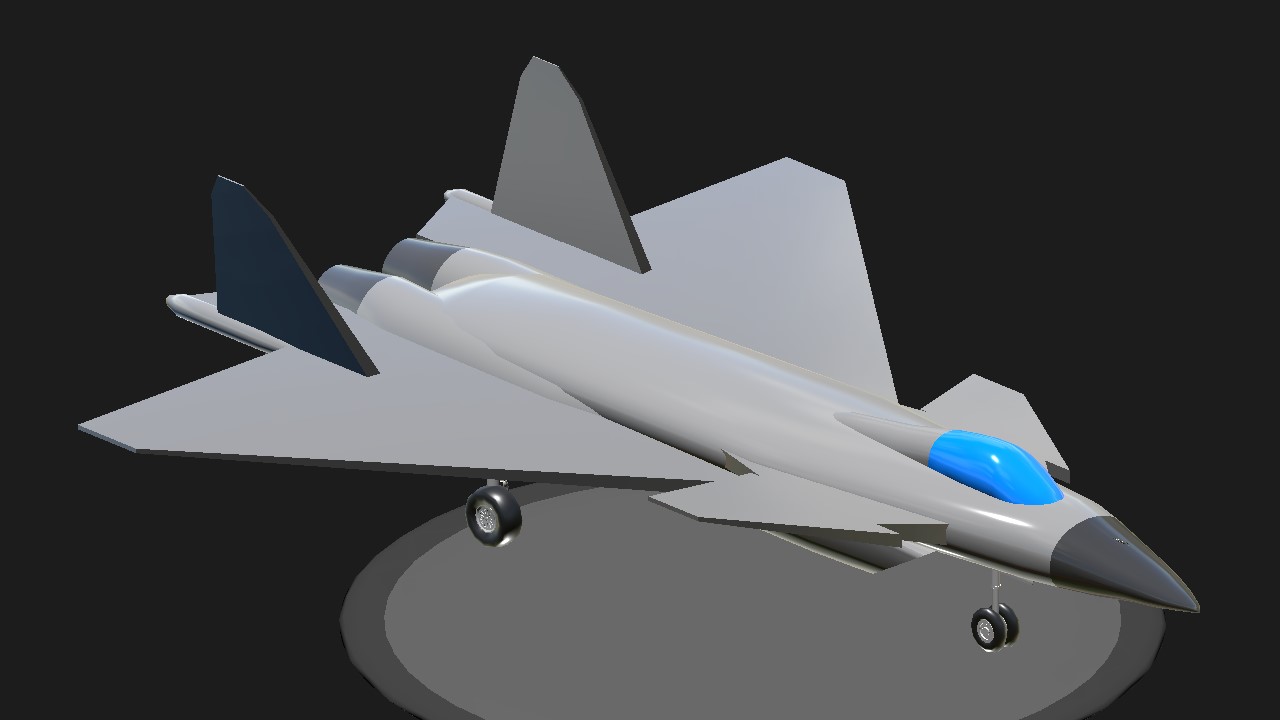
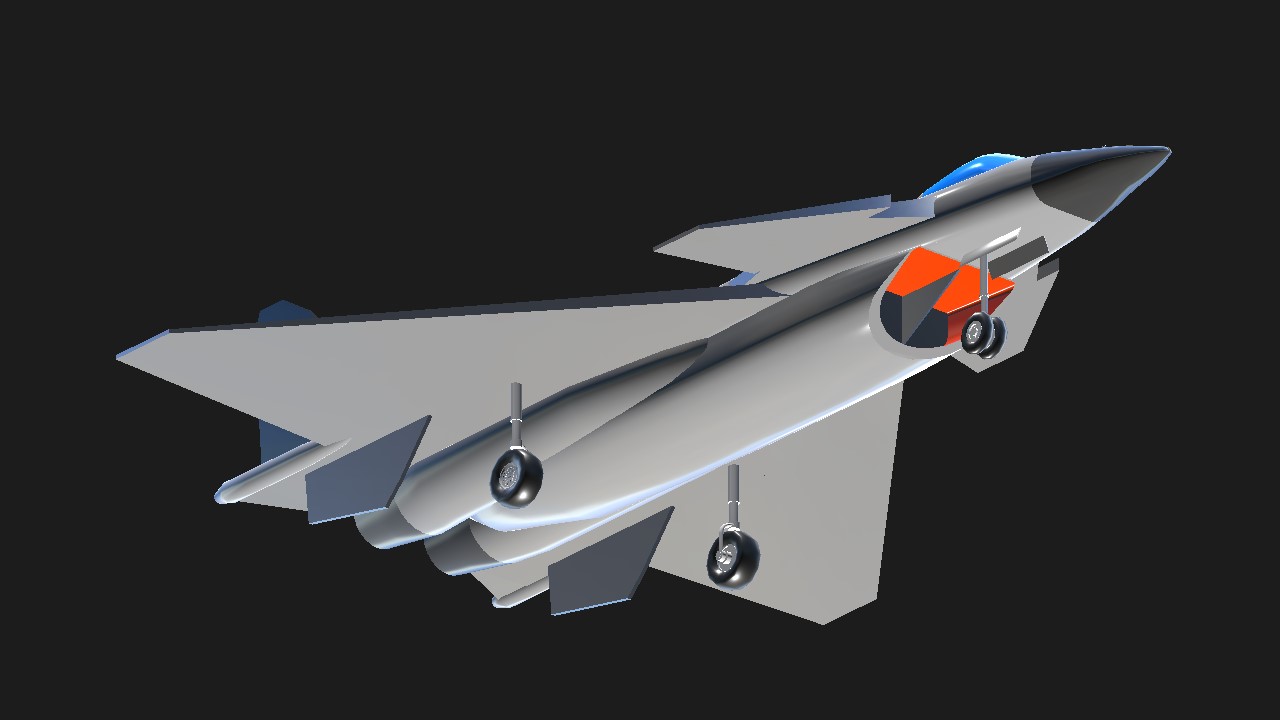
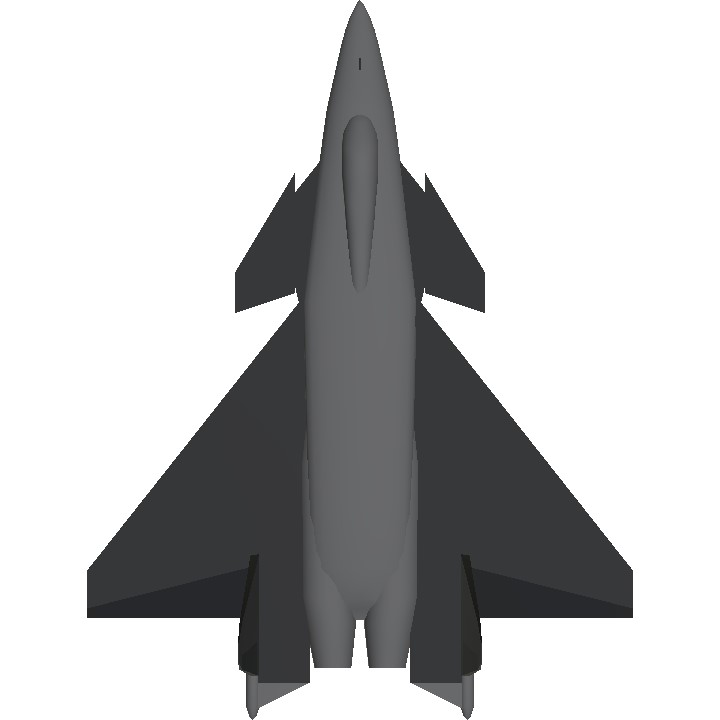
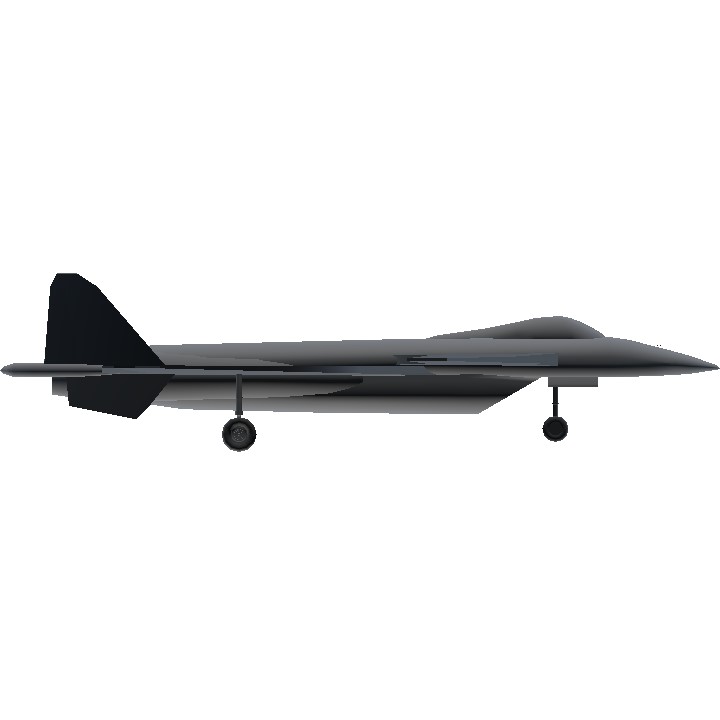
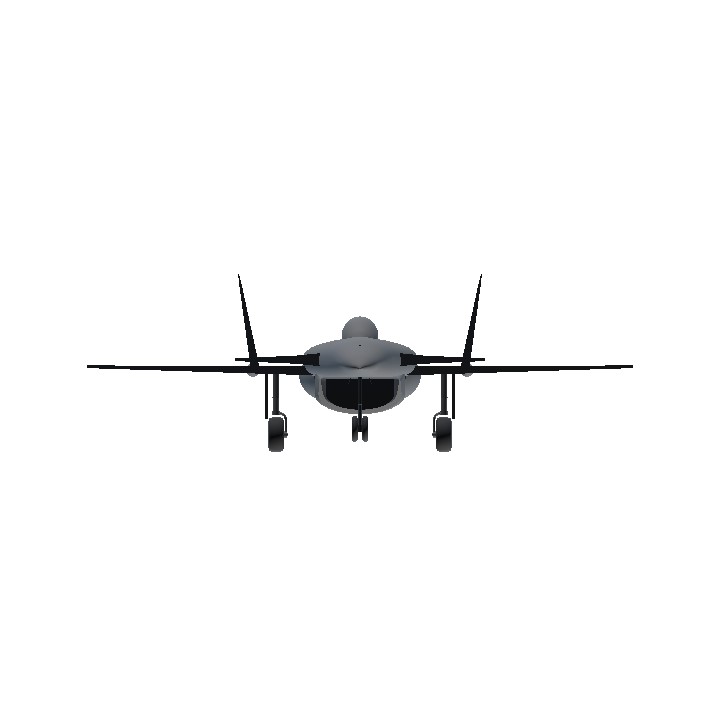
@Rb2h